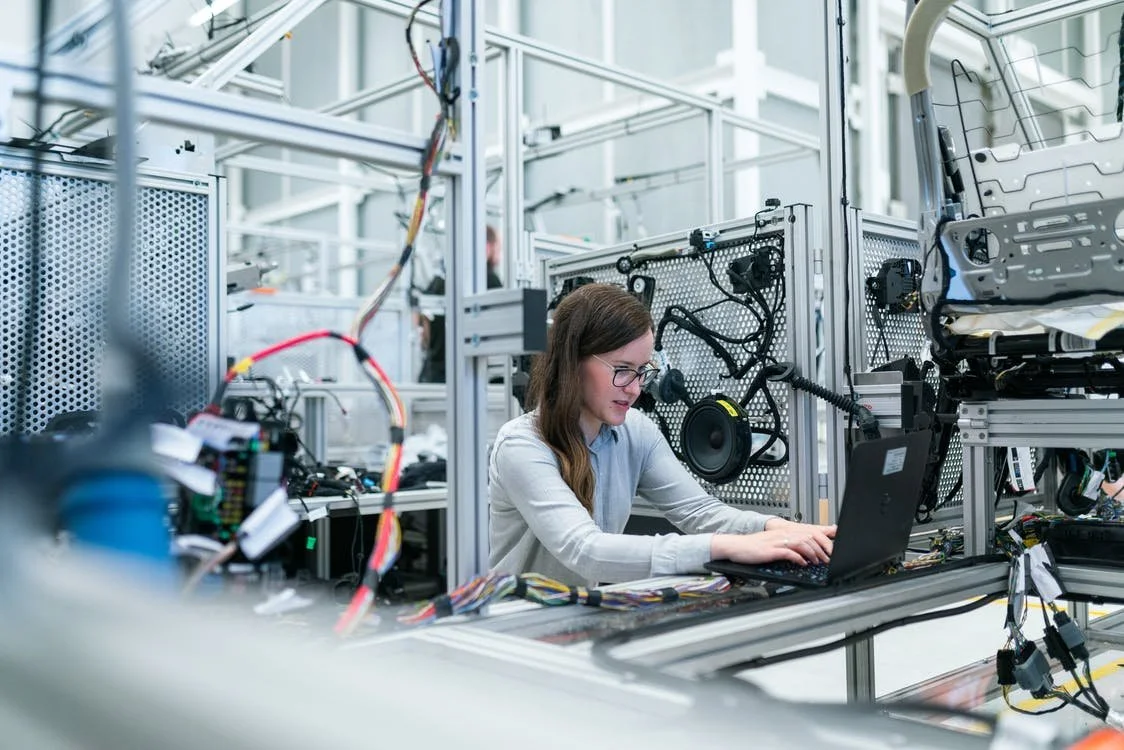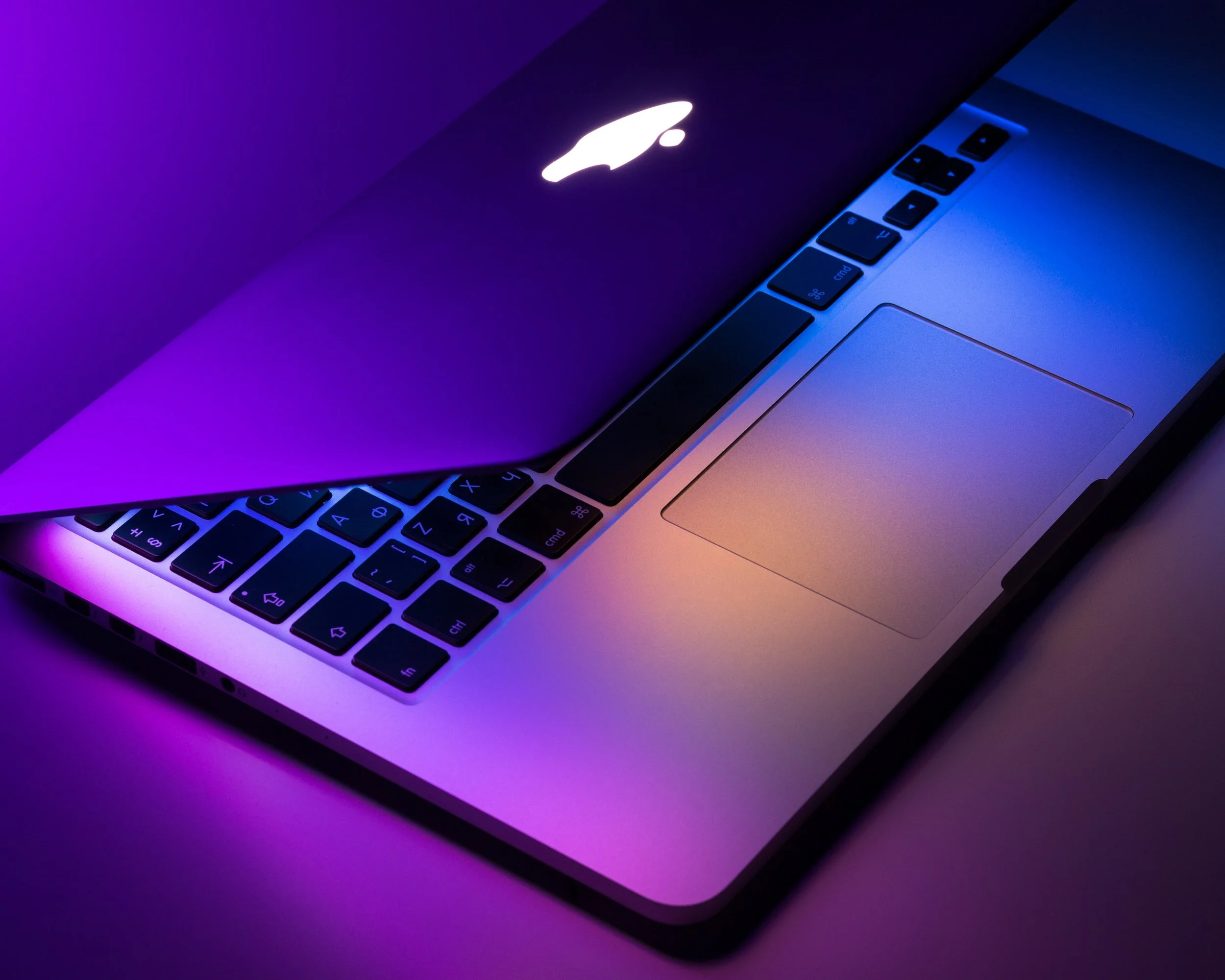Best Laptop Battery Care Tips for 2023
Correct use of a laptop's own – internal – power source can extend battery life and battery life after charging. It is also worth paying attention to the laptop battery charging cycle and energy-saving use. It also makes a difference which notebook charging adapter you use. See an online shop with a huge stock of laptop chargers.
How to take care of your laptop battery?
In general, we have a very ambivalent relationship with our laptop battery. On the one hand it allows us to be mobile, on the other it chains us to battery life and, over time, to the dreaded loss of performance. By following a few practical tips, we can achieve optimum usage and avoid the frustrations associated with premature battery drain.
Pay attention to the charging cycle
All laptops are built to last a certain number of charge cycles, usually around 500 full cycles. The charging cycle is about draining the battery to zero percent and then charging it to 100 percent. Discharging to 50% and then recharging to 100% is equivalent to half a cycle. Over time, each charge cycle reduces the capacity of the battery with respect to the design specifications, meaning that the less frequently it is discharged, the longer the battery is viable.
So how do you get started? You can start by looking at your laptop's power settings. Many computers can switch to 'eco mode', which automatically adjusts the power usage. You can also manually reduce power consumption when you don't need it by turning off Wi-Fi and Bluetooth. Or turn off optional features like keyboard backlighting.
Hibernate your laptop
Watch out for hibernation, too. Ideally, you want your laptop to go into hibernation before the battery is fully discharged – the same applies during downtime, when you won't be using the device for a while. Hibernation is a power state where all the files in working memory are transferred to the hard drive or SSD, and then the laptop goes into a powered-off state. Hibernation does not use any power, unlike various sleep states which consume at least a little power in the passive interval.
To save even more power, turn off applications running in the background that are taxing the battery. On Windows PCs, you can view the System Tray, Task Manager and Processes tab to see which small icons are not absolutely necessary.
And of course, here's the best solution: don't use your laptop's battery if you don't have to. In today's age of long battery life, it's easy to forget that you can plug your laptop into the mains as soon as you get back to your desk. But this oversight can ultimately shorten battery life. In other words, charging your laptop battery is always appropriate if you have a mains socket to plug the charger into.
Keep the battery charged
In the past, a certain problem caused nickel-metal hydride batteries to "forget" their full charge capacity and start charging at lower levels. This problem no longer exists thanks to modern lithium-ion batteries. But even until recently, this outdated information led to many misunderstandings about battery capacity. It is time to clear all this up.
Contrary to some recommendations, it is not necessary to fully discharge a lithium-ion battery and then recharge it to restart or calibrate it. This is a destructive practice that is not good for your battery. The question remains whether it is worthwhile to fully discharge a battery a few times a year. In general, the consensus is to let the battery discharge to a maximum of 20 percent and then recharge it when possible.
Then there was the time when users were warned not to leave chargers plugged in all the time, based on the idea that keeping the battery at 100% is harmful in the long term. But today, modern devices are designed to stop charging at 100%, so there is no need to worry about overcharging.
Generally speaking, the best, regular, correct laptop battery charging for lithium-ion batteries is when you do not allow the battery charge to drop below 20%; other recommendations say to let it just below 30%. Plug your computer in and charge it whenever you can. The good news is that modern batteries and systems don't require much more than this - but the battery pack will still lose its full capacity over time.
There is one more tip to add to all this. According to the manufacturers' advice, if you are constantly connected to the mains (e.g. working at home), the most optimal mode is to keep the battery between 30-80% charged. That is, as soon as the charge drops below 30, you plug your machine in, but as soon as it goes above 80, you unplug the charger. While it's always stressed that pulling it to 100% doesn't hurt either, it's a more conservative mode - it's just a bit more tedious to watch.
When it warms up, remove the battery
Today's lithium-ion and Li-polymer batteries are durable but can only cope with limited heat. Sustained high temperatures can damage your laptop battery or shorten its life.
It follows that if, for example, you're charging your battery and the temperature starts to rise, perhaps because your processor or GPU is working hard or the environment is too hot, you need to take action. In this case, turn off the device and remove the battery if possible. Give it a break to cool down or find a place with a lower temperature.
Similarly, don't keep your mobile computer on your lap. As well as being a health risk, it can block the machine's vents. Make sure that both vents are able to do their job properly.
Finally, and perhaps most importantly, don't put your laptop where it can get hot. Whether it's in your car on a hot summer's day or under a window that lets direct sunlight onto your work machine. Don't put it near a heater or under an infrared panel. These unusual conditions can damage a sensitive component in a very short time. Even if you suddenly don't notice it.
Cold temperatures are usually not a problem up to a certain point and it is recommended to store batteries in a cool place, but don't leave your notebook in the freezing cold. Too much exposure to cold can also fatally damage the battery or significantly reduce its lifespan.
Care about your laptop battery
Most of us leave the internal power source inside the laptop all the time to do its job. But it's a good idea to take the battery out from time to time, and to take care of it. A tip: every few months, take the battery out, wipe it thoroughly with a soft cloth, get rid of dust and make sure the contact points are particularly clean.
Remember that this only applies to models with replaceable batteries. As laptops have become thinner and lighter, removable batteries are becoming increasingly rare. In this case, have a prophylactic cleaning and overhauling carried out by a service center.
Update your software in time
Finally a note about your software – update it! Companies are working hard to improve the performance of their programs through software updates. The same operating system will use less power after a later update, giving you longer battery life and uptime without changing anything else. Review your operating system and keep your machine on a healthy diet of updates.
Any repair shop run by pros keeps laptop charger adapters ready – preferably from as many manufacturers and for as many types as possible. Same goes for any other devices – whether you need a PC, laptop or phone repair in Brooklyn, Good Zone is there to help you!







